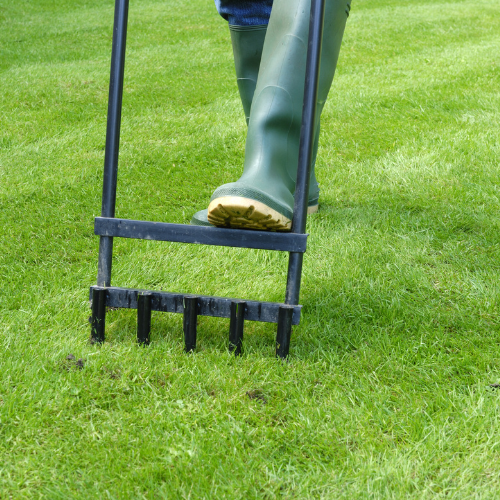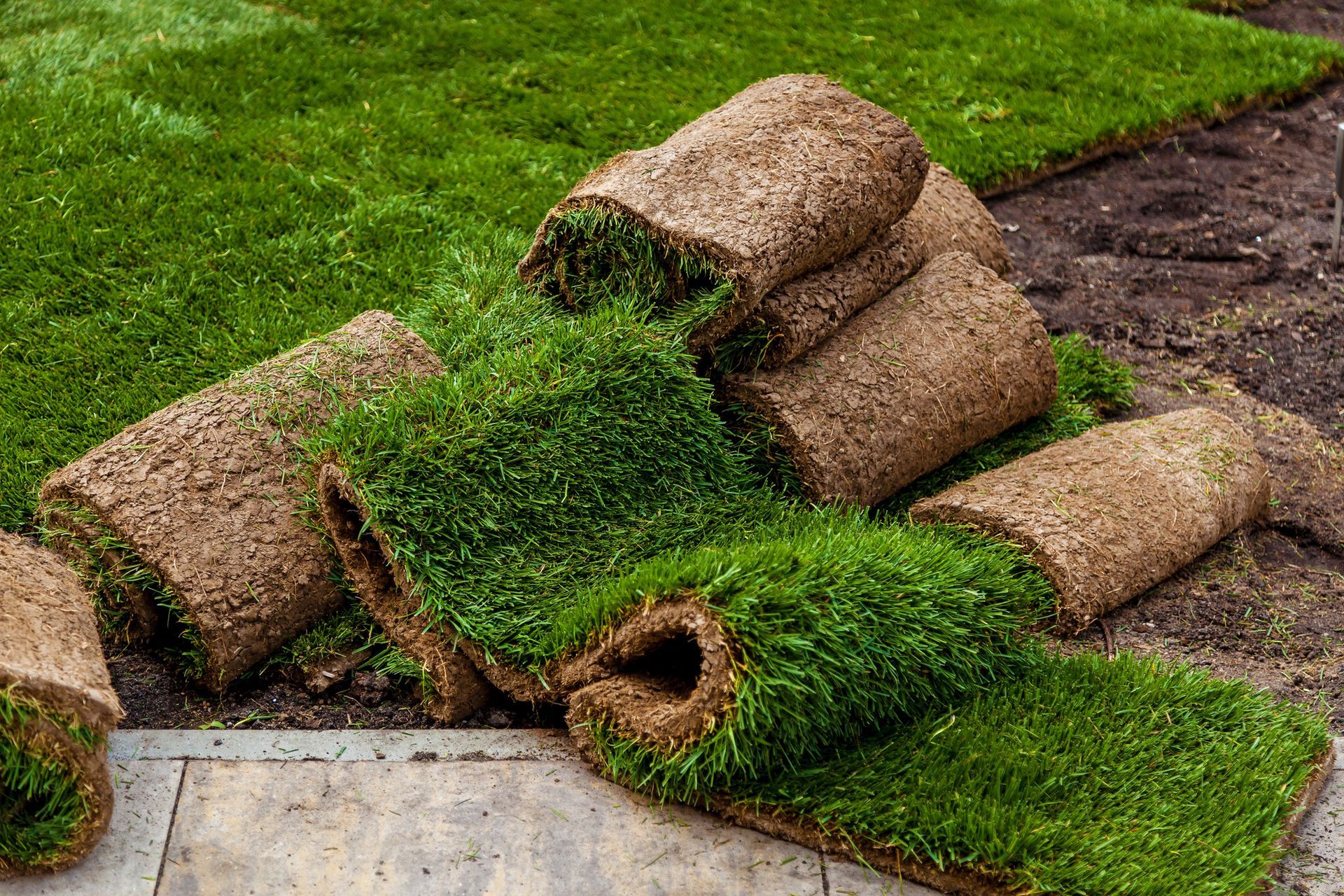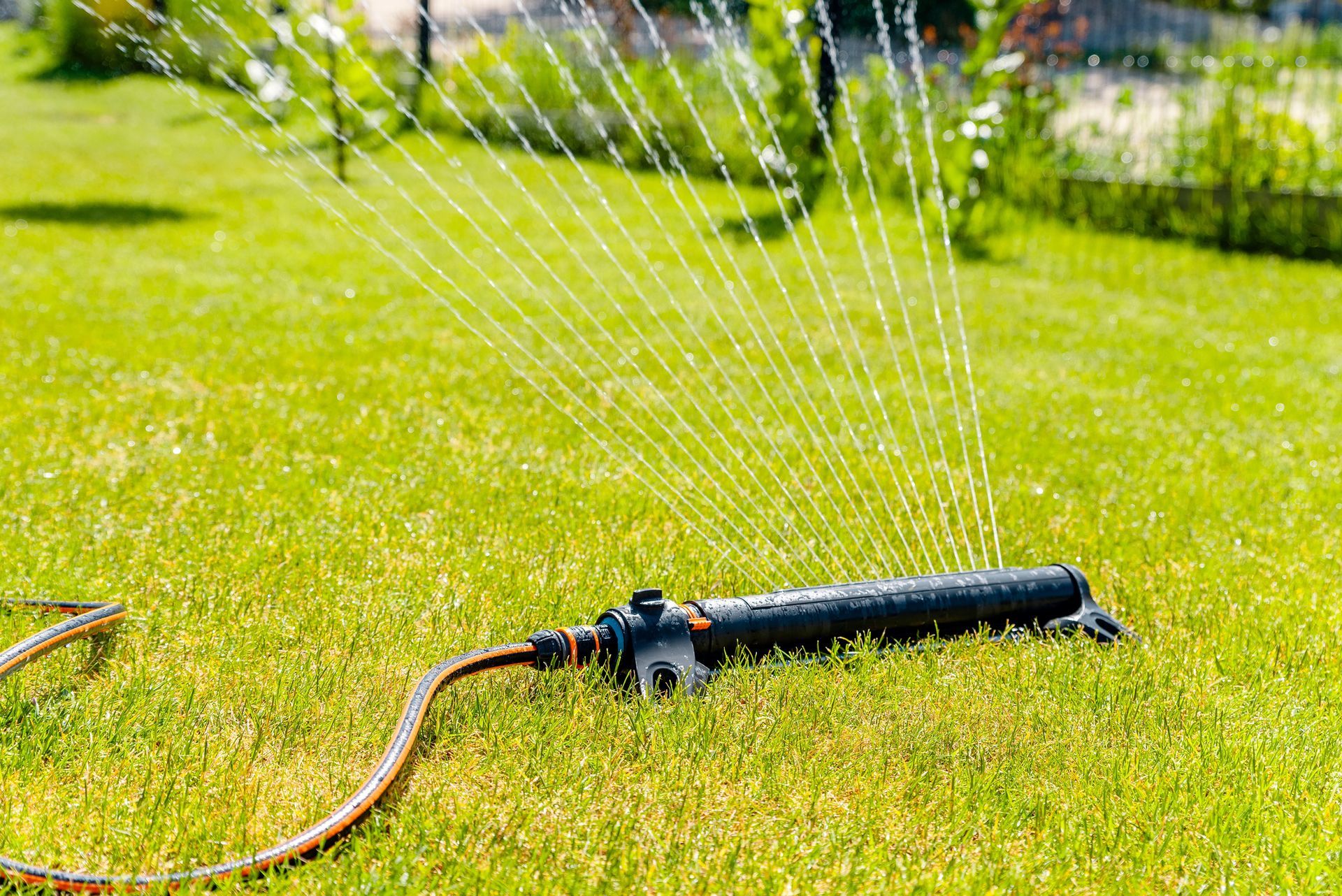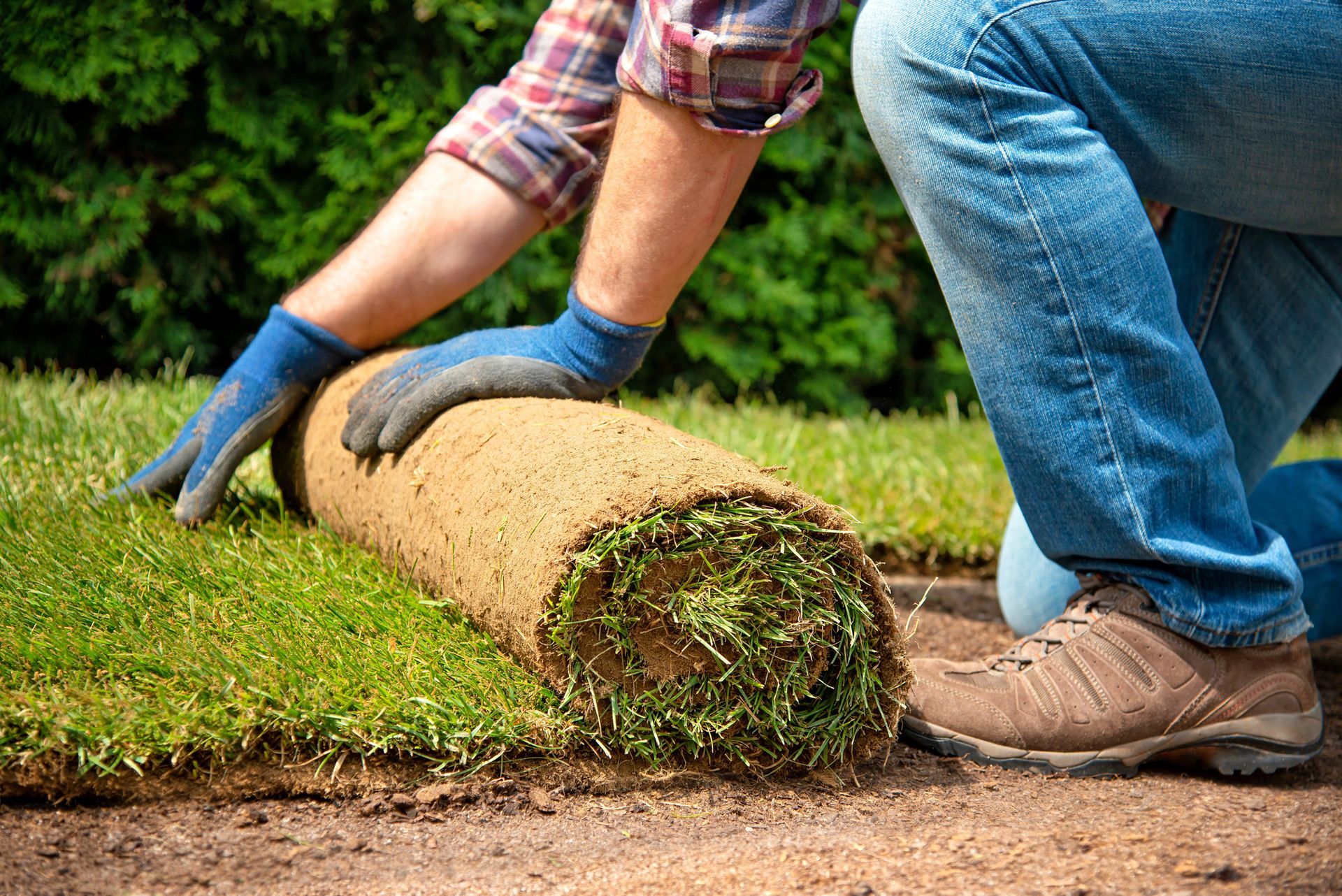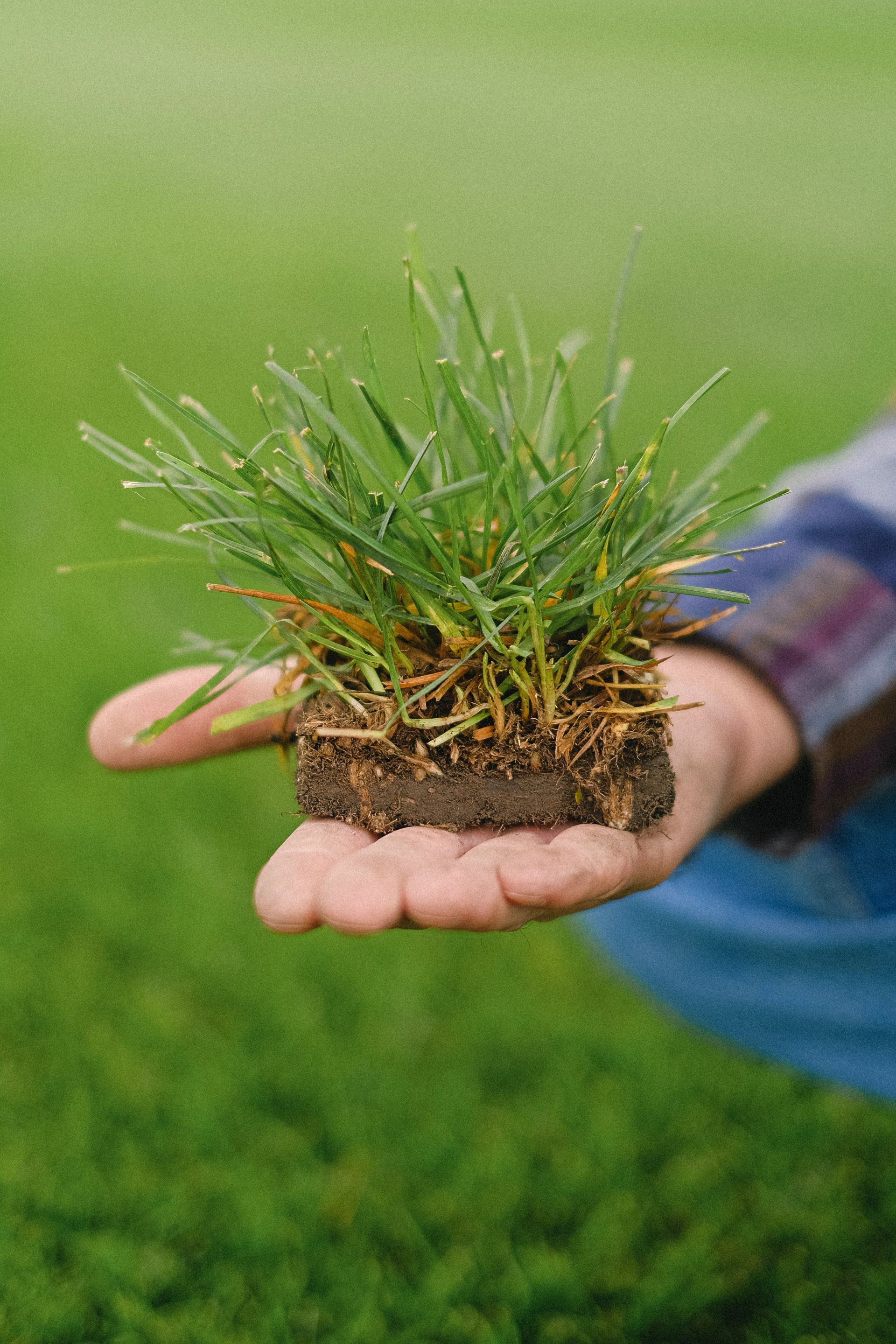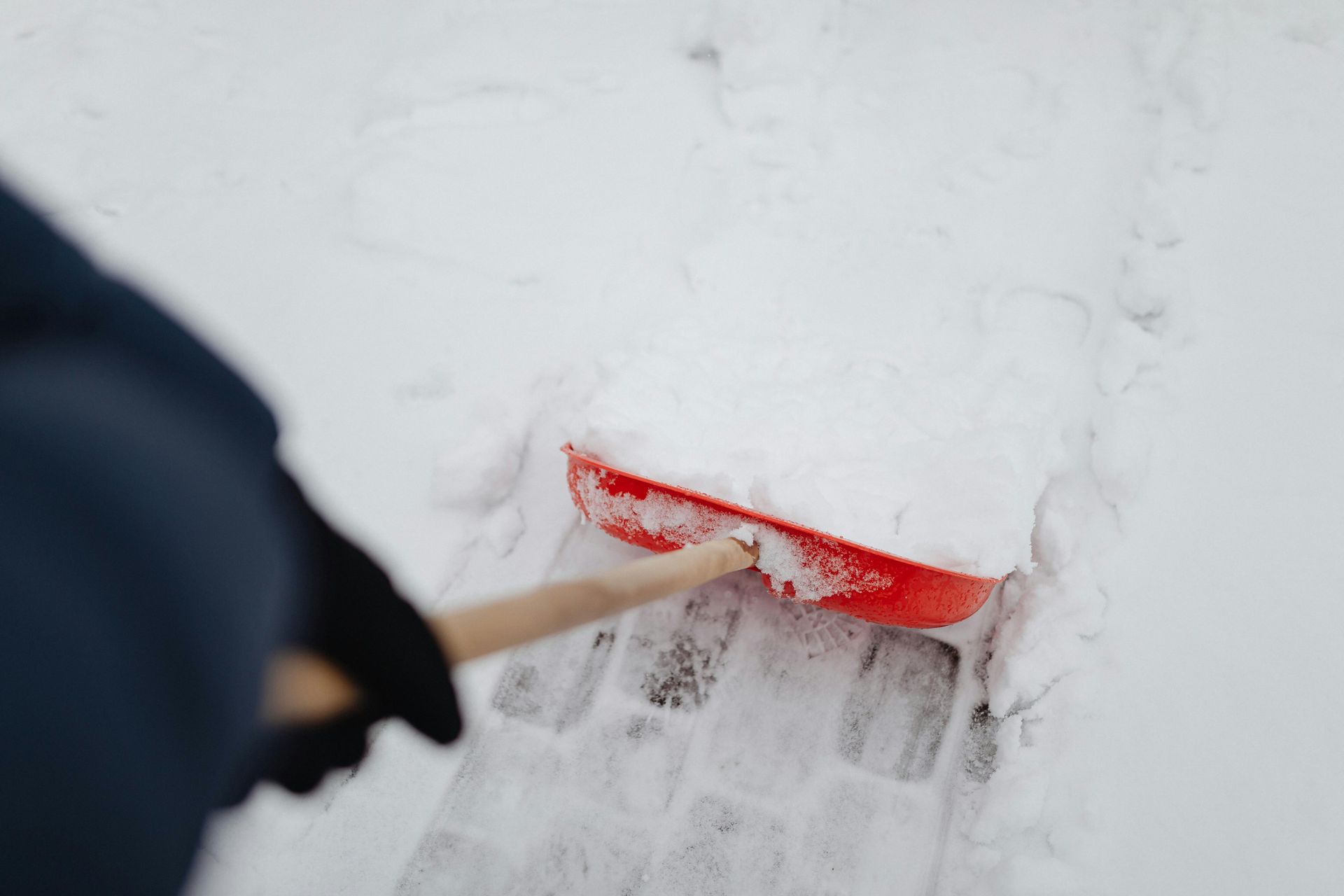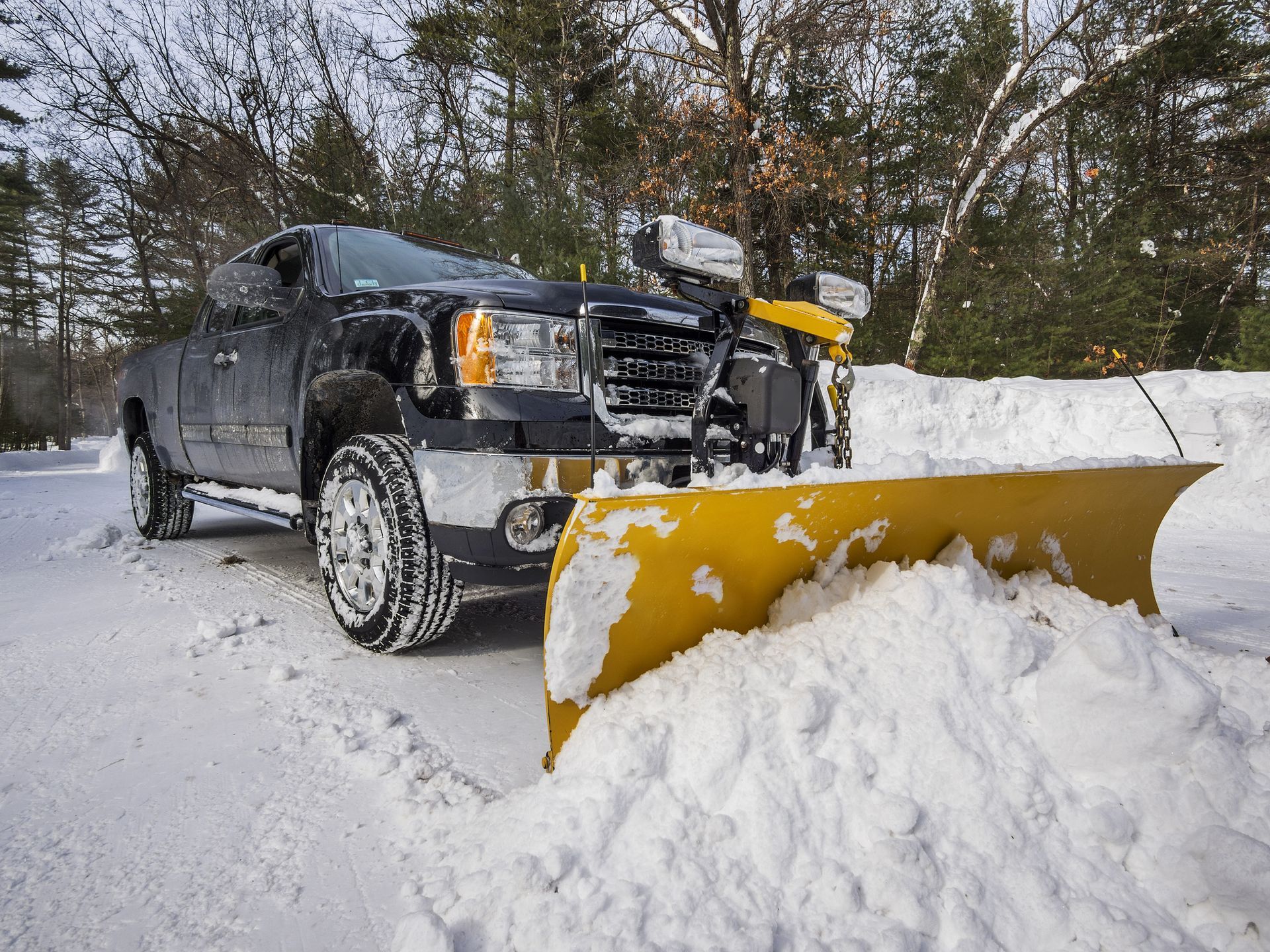How to Keep Safe from Airdrie’s Winter Road Conditions
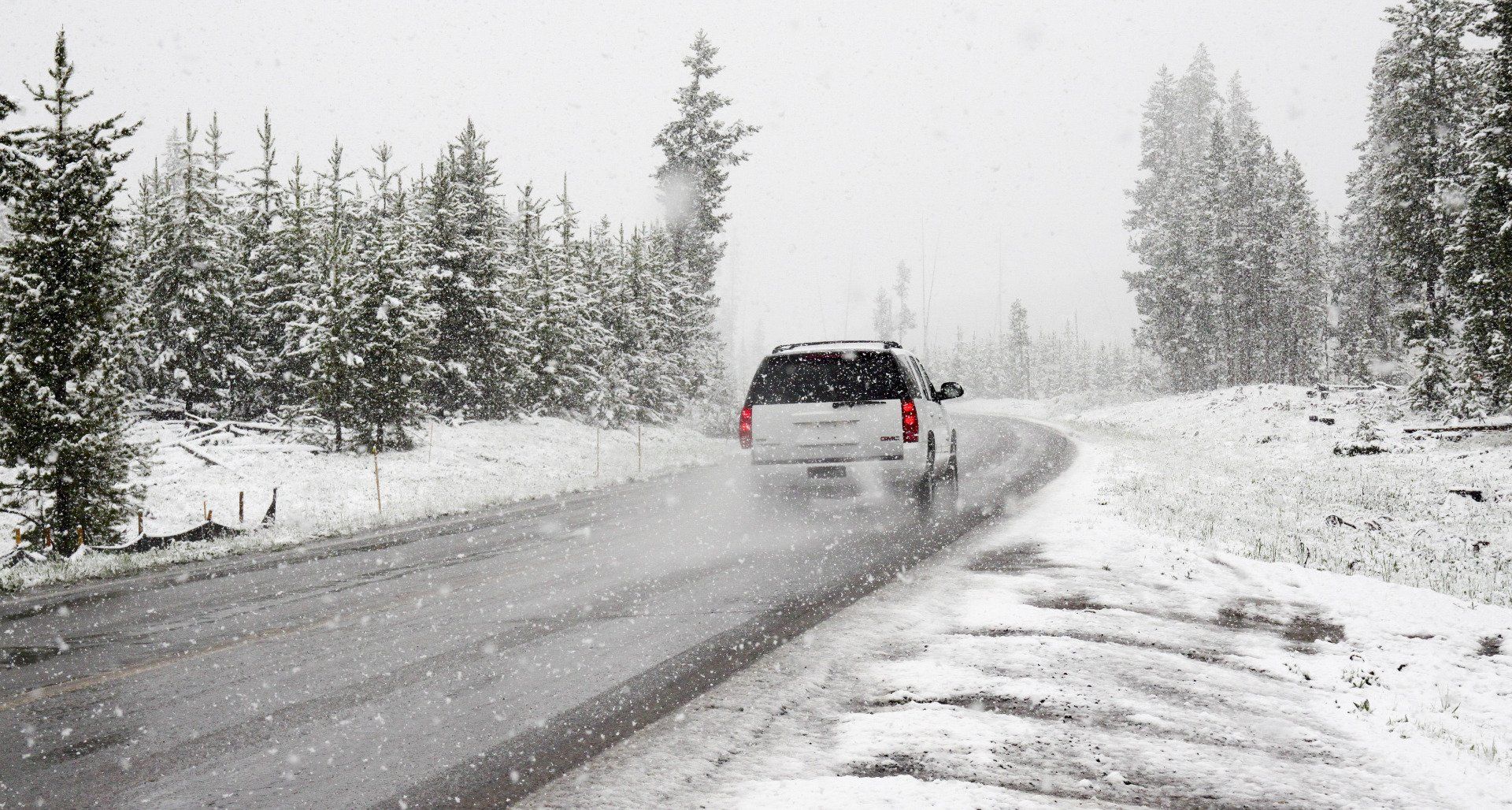
Many of us love the winter for its holidays, the fun afternoons in the snow, and a perfect excuse to drink more hot chocolate. But it also means colder weather and a larger emphasis on keeping safe. When the heavy snow begins to fall, winter road conditions can be a problem for commuters and travelers alike.
Did you know that 156,164 vehicle crashes happen every year due to icy roads?
Snow, ice, and freezing rain are all hazards that deserve your attention, so let’s talk about road safety during the snowy months.
General Safety Tips for Icy Conditions
Even when you aren’t driving, the ice on the ground in residential roads is notorious for causing slips and falls and is often a significant source of injury during this season.
- Avoid patches of ice whenever possible when walking on sidewalks or roads.
- Walk slowly and deliberately, particularly when getting in and out of your car. Keep your hands on your vehicle for extra support, and avoid using your phone or putting your hands in your pockets when walking around.
- Be extra careful when navigating stairs, and use handrails whenever available.
- Choose appropriate footwear, like slip-resistant shoes and winter boots designed for traction on snow and ice.
How to Drive in Cold Weather
Many driving classes emphasize special attention when driving in challenging conditions like winter weather and snowy roads, as reduced visibility and the risk of your vehicle slipping are much higher here. So start by preparing your vehicle for the holidays.
- Keep cold weather gear in your car: Carry an ice scraper, warm clothing, shovel, windshield fluid, or replacement wiper blades. Make sure the washer fluid can still function below -40 degrees. Keep some extra gas in the trunk so you don’t get stuck in the middle of an ice storm.
- Clean off windows and front lights: Start by blowing your heater at the windshield to clear your view. Pull off to the side and turn on your emergency lights if you can’t see properly in front of you.
- Check your tires: Inflate them properly or replace them with specialized winter tires designed for extra traction.
- Prepare for emergencies: Ensure you carry equipment like a first aid kit, emergency lights and flares, and a fully charged phone in case you need to call emergency services.
Driving in icy conditions is generally unsafe, but if you must do so:
- Plan out your route beforehand: Give yourself extra time, and don’t rush, as traffic is slower in the winter anyway. Stick to the main roads rather than side streets or back roads, as the former typically receive salt treatments and snow plowing work.
- Take it slow: Accelerate and decelerate your vehicle more slowly than usual, and make sure to leave more distance between your vehicle and other cars on the road. Leave additional space for road maintenance vehicles. Be careful when changing lanes or making turns, avoiding sudden motions. Cruise control is also not ideal in icy weather.
- Beware of skidding: Even the most experienced drivers occasionally skid on ice. If you do skid, just relax and don’t slam the brakes in panic. Vehicles today have electronic stability control (ESC) systems, sensors that determine whenever skidding occurs and adjust braking and engine power automatically.
- Assess your car before a long-distance trip: Thinking about taking highway 8 or Trans-Canada highway on a long road trip? It may be worth taking your car in for a quick assessment. Take a look at the weather conditions, and delay your trip if it’s severe enough. Notify your loved ones of your trip beforehand.
Understanding “Stopping Distance” and How It Changes in the Winter
A car is too heavy to stop immediately after you apply the brakes. “Stopping distance” refers to the amount of time between the moment you step on the brakes and the moment the vehicle comes to a complete stop.
Stopping distance combines three different variables:
- Your reaction time
- Brake lag (air brakes require the air to travel through the brake system)
- Braking distance
The concept matters immensely for winter driving conditions when the stopping time is much higher. It determines how fast you should go, how far you should stay behind the vehicle in front of you, and when you should start braking at an intersection or red light. Needless to say, take everything slowly and steadily when driving in the winter conditions.
Don’t forget to check your brakes at a repair shop.
- Change the brake fluid if it’s too low.
- Replace brake pads if you hear squeaking noises from them.
- Bleed your brakes if they feel too spongy.
Navigate Winter Road Conditions in Alberta Safely with Snow Removal from Scott’s Sod
Keeping safe while driving in the winter is easy. Once you’ve picked up the right supplies, checked up on your vehicle, and started driving slowly and carefully, you can enjoy the season’s pleasures, like going holiday shopping or driving to the family’s Christmas dinner.
While you’re at it, think about clearing snow off your property too to make it safer for visiting friends and family.
Scott’s Sod specializes in
residential snow removal in the Airdrie region. Get all your winter snow removal work done in one simple customized quote, and we’ll give you a bulk discount. Discover what we can do to make your winter holiday a safer one.
